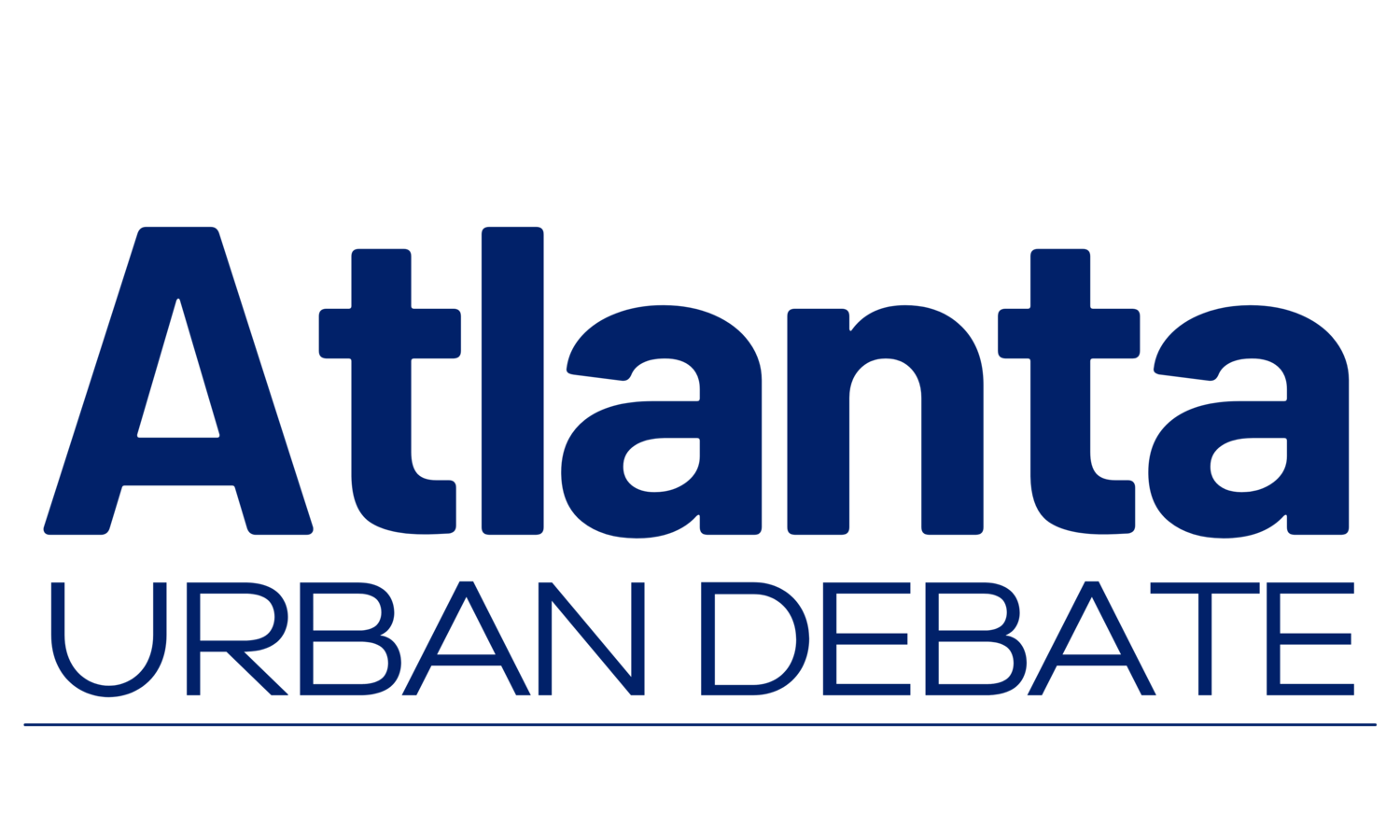The Atlanta Urban Debate League is committed to providing excellent debate education programs, services, and opportunities to diverse students, educators, and members of the community!
Advanced Debate Skills
Kritiks
Introduction
Introduction In policy debate, a criticism/critique, or “kritik”/”K” is a more sociological negative offensive position. Kritiks identify societal-level problems that are reflective of some flawed mindset; the negative argues that the affirmative case (versus just the plan) has constructed certain things as problems and other things as the solutions to those problems because of this flawed mindset.
The structure of a kritik is sometimes described as a “non-unique disadvantage”:
Link: What flawed assumptions the affirmative case has made and how those assumptions affect society.
Impact: The consequences of applying the flawed mindset identified by the link. These are often discussed as the root cause of structural impacts like racism, environmental destruction, or resource scarcity/inequality.
Alternative: A mindset shift to adopt to better understand and interact with the world. This is NOT a policy action.
Debating and answering kritiks can look very different from other negative arguments. Common responses include:
Permutations: Argue that the plan and alternative are not mutually exclusive and can both happen.
Framework: An interpretation of what the role of the judge/ballot in the context of the round should be and reasons to prefer that interpretation. Common interpretations include:
To vote on the best policy option.
To vote for whoever best solves a specific impact.
To vote to affirm/reject something (ex. Racism)
To vote on whether or not the affirmative plan is worth doing.
Answers to the link: Arguments that the affirmative case doesn’t make the flawed assumptions highlighted by the negative or that those assumptions do not cause the impact.
Answers to the impact: Arguments that the impacts highlighted by the kritik are not (that) bad or even good.
Answers to the alternative: Arguments that the alternative doesn’t solve and/or has its own consequences.
Learning Objectives
In this section, students should:
Learn the structure of a kritik.
Know the various interpretations/roles of the ballot that may be used as framework arguments.
Expand impact comparison (MR. T) skills to encompass structural impacts.
Points of Improvement
Here are some things to look out for as students learn about kritiks:
Arguing about the plan text only without considering the rest of the 1AC.
Arguing about uniqueness/treating the plan as a deciding factor in whether or not structural impacts occur.
Students only focusing on their offense without answering framework arguments about how the judge should weigh offense.
Signs of Mastery
Here are some positive signs that students are understanding kritiks:
Students can explain impacts in terms of ongoing problems.
Students can articulate why their impact outweighs under a specific framework.
Students discuss alternatives in terms of necessary shifts in worldviews instead of vague actions.
Students present alternatives as pre-requisites to addressing impacts instead of as a final solution.
